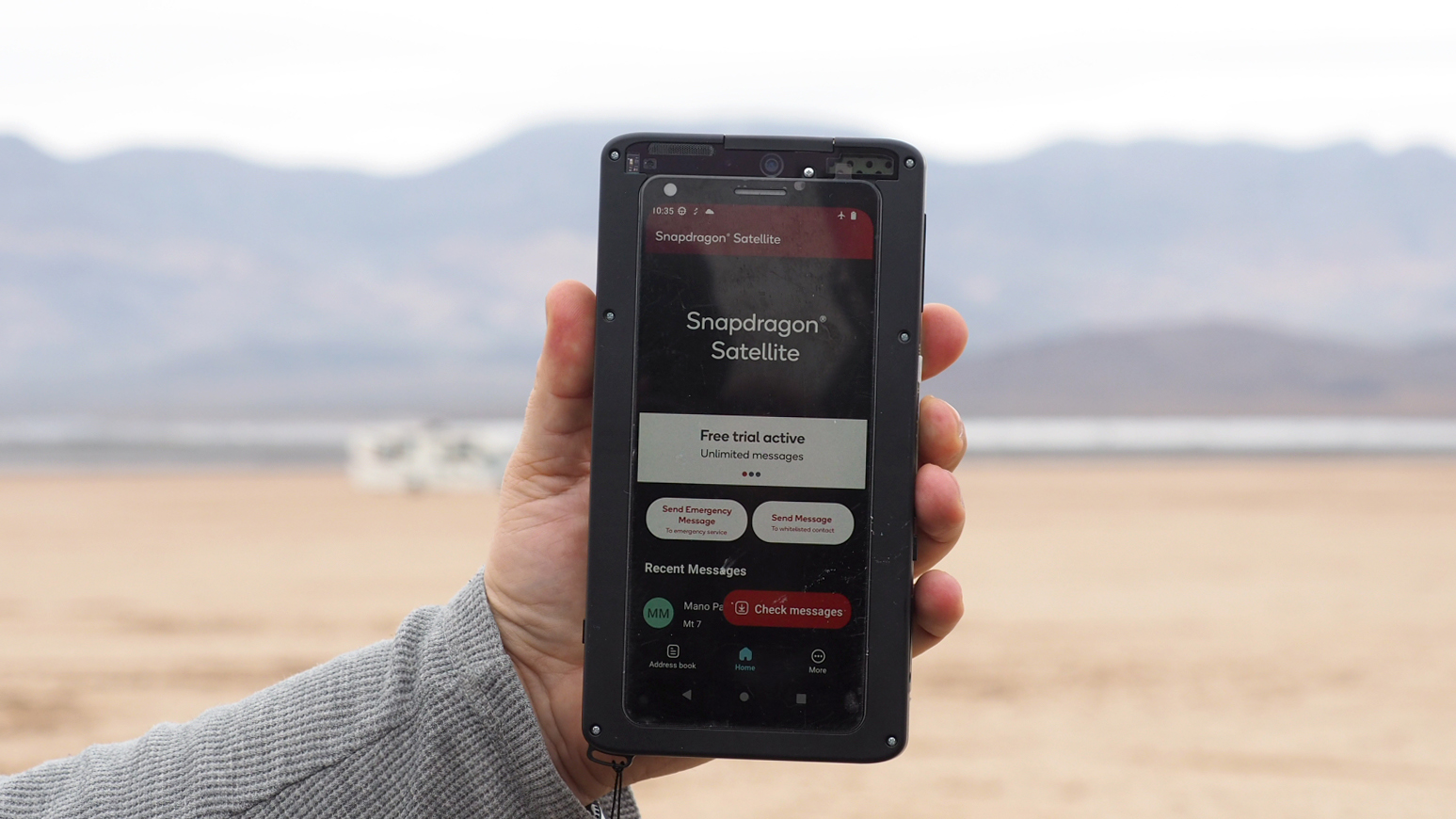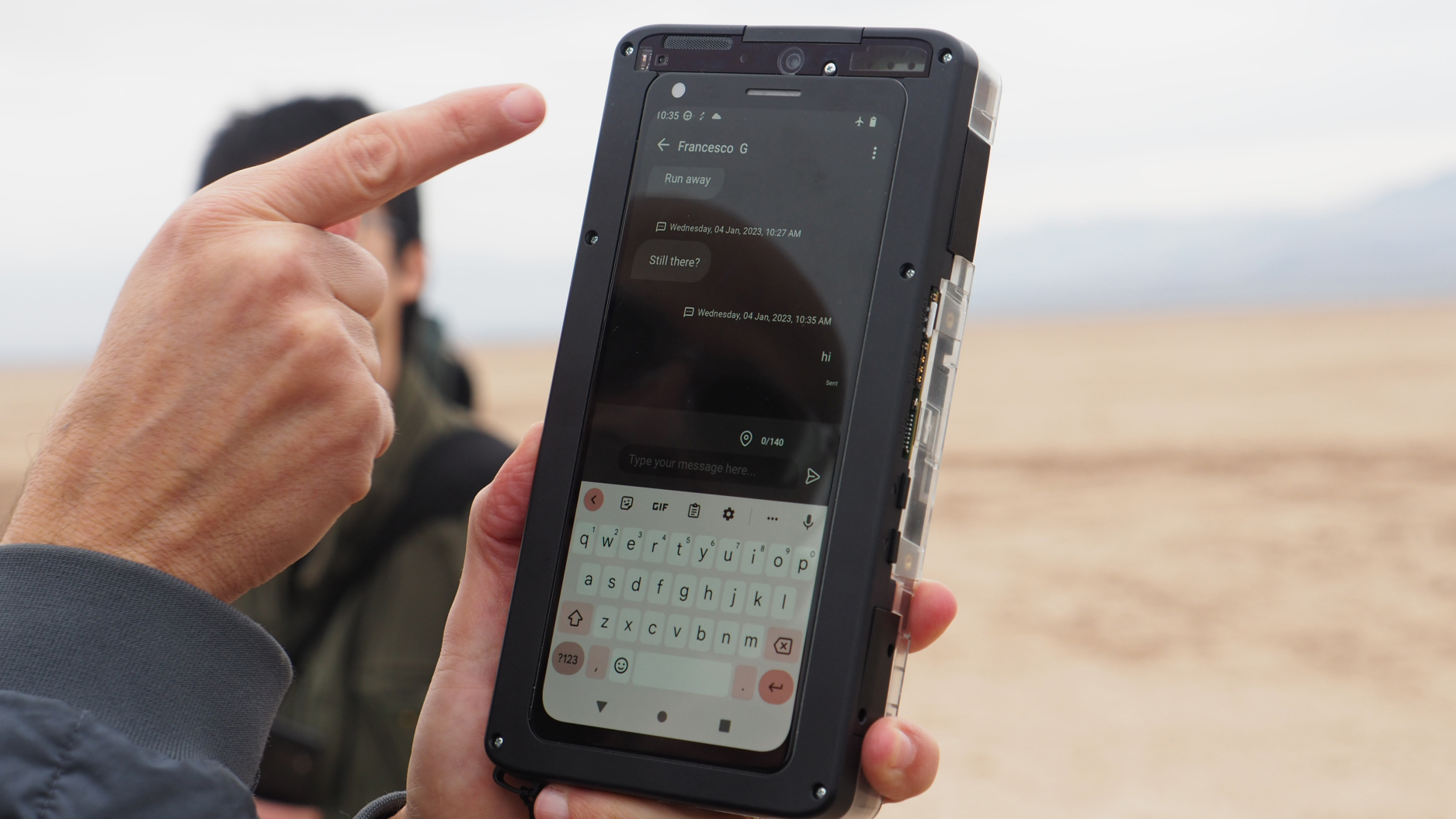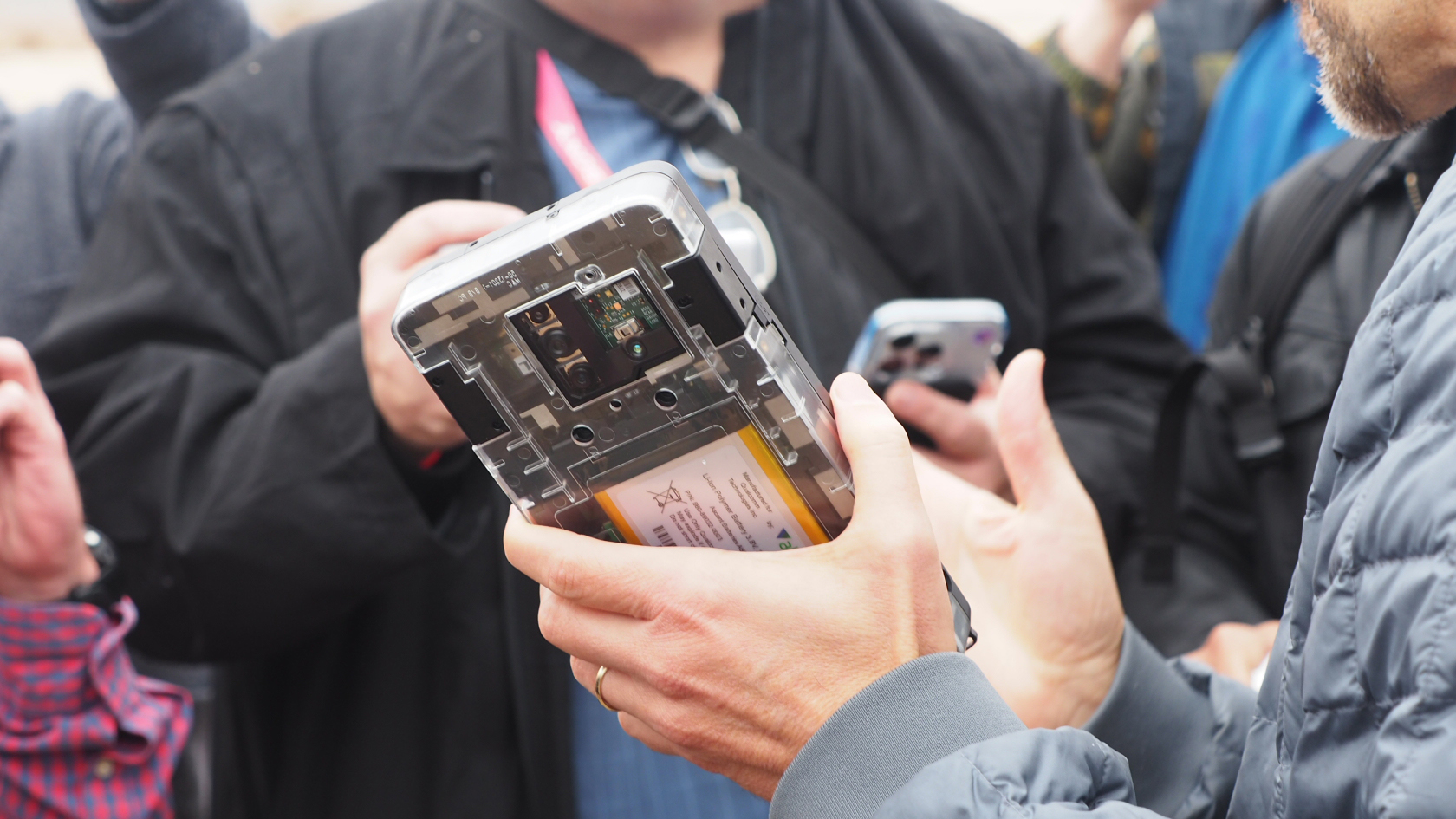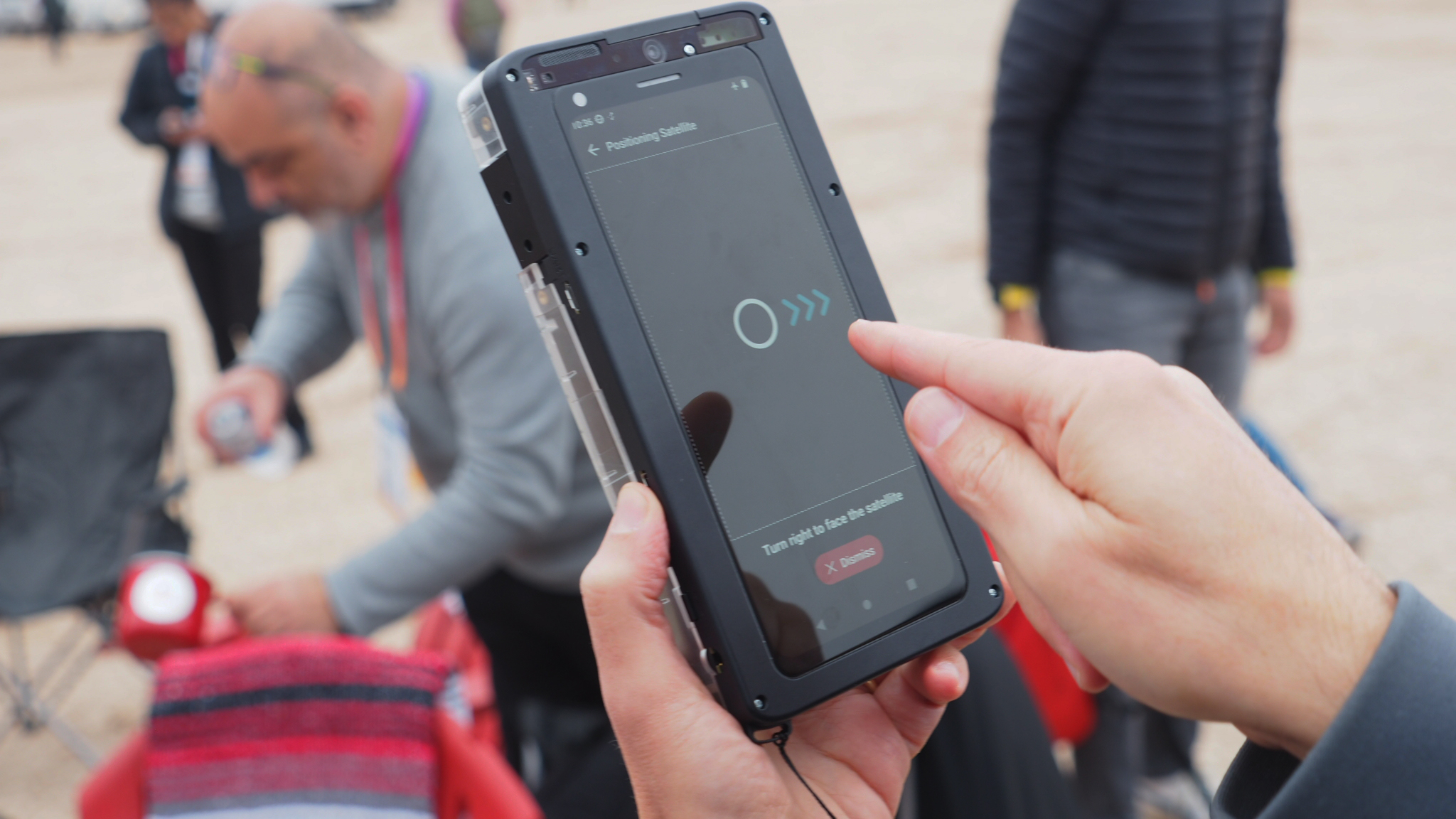Move over Apple, satellite SOS coming to Android thanks to Qualcomm
Snapdragon Satellite will arrive in the second half of 2023 for eligible Android devices with relevant Qualcomm hardware

When Apple announced that Emergency SOS via satellite was coming to the iPhone 14 series, people rightly got very excited about the prospect of enhanced safety and communication. It was an obvious step forward – and came free for two years too.
But Apple's iOS won't be the only platform with such features in the near future, as Qualcomm is introducing a similar feature, called Snapdragon Satellite, and I got to test out an early version of the service outside of CES 2023's showground in the Nevada desert.
So what is Snapdragon Satellite, how does it work, when can you get it on your Android phone, and why the wait?
What is Snapdragon Satellite?

Snapdragon Satellite is a satellite communications system that offers pole-to-pole connectivity, i.e. anywhere you can see the sky in the world you should be able to send and receive communications via satellite.
How is that possible? Qualcomm is partnering with Garmin and its InReach system, which utilises Iridium's low Earth orbit satellites to achieve global coverage, ensuring uncompromised potential for small package, SMS-style communications.
Snapdragon Satellite is a two-way system, so you can both send and receive messages, plus there's an emergency SOS aspect wrapped into the platform too.
Which phones will get Snapdragon Satellite?

Qualcomm has designed Snapdragon Satellite around the capabilities of its X70 modem, which you'll find baked into the hardware of its Snapdragon 8 Gen 2 platform. At its inception, therefore, only some phones with this chipset will be able to benefit from the feature.
Get all the latest news, reviews, deals and buying guides on gorgeous tech, home and active products from the T3 experts
Why not all Android phones and why not immediately? Obviously the X70 is a requirement, but there needs to be specific RF components and the various phone-makers will have to make small changes to ensure compatibility with Iridium's communications frequency band. It has nothing to do with antenna implementation, though, as the standard one atop a phone will work just fine.
How does Snapdragon Satellite work?

I started out talking about Apple, and T3 has already explored the Emergency SOS feature when using an iPhone 14, but the Android experience via Snapdragon Satellite won't be identical, despite Qualcomm supplying the modems in the iPhone 14 series (and iPhone 15 in 2023 too).
The reason for that is multiple: while the SOS feature can be partially baked into the core of Android, the communications side of things will function through an app-based interface – and the way that's implemented and how it will look may differ between, say, Samsung or Xiaomi, Motorola or Sony.
At the demo where Qualcomm showed off its Snapdragon Satellite experience, however, it appeared a simple enough process: load the app, type your message to a recipient, then follow the system's directions to physically align the device to successfully transmit or receive.
I think it's a great feature, but one that you won't find in every single phone for one simple reason: not every device uses Qualcomm's chipsets or modems. The next Google Pixel won't offer such a feature, for example, and if Samsung uses its own Exynos in future devices in certain regions then you can rule that out too. But for those who do get it, well, it's the Apple feature that Android needs, so it's good to see Qualcomm delivering.

Mike is T3's Tech Editor. He's been writing about consumer technology for 15 years and his beat covers phones – of which he's seen hundreds of handsets over the years – laptops, gaming, TV & audio, and more. There's little consumer tech he's not had a hand at trying, and with extensive commissioning and editing experience, he knows the industry inside out. As the former Reviews Editor at Pocket-lint for 10 years where he furthered his knowledge and expertise, whilst writing about literally thousands of products, he's also provided work for publications such as Wired, The Guardian, Metro, and more.
